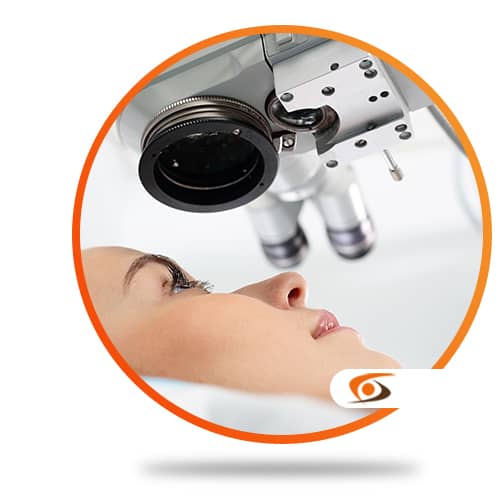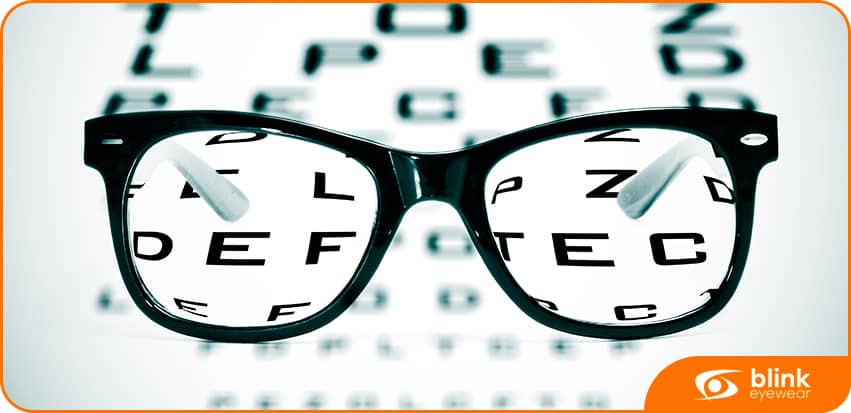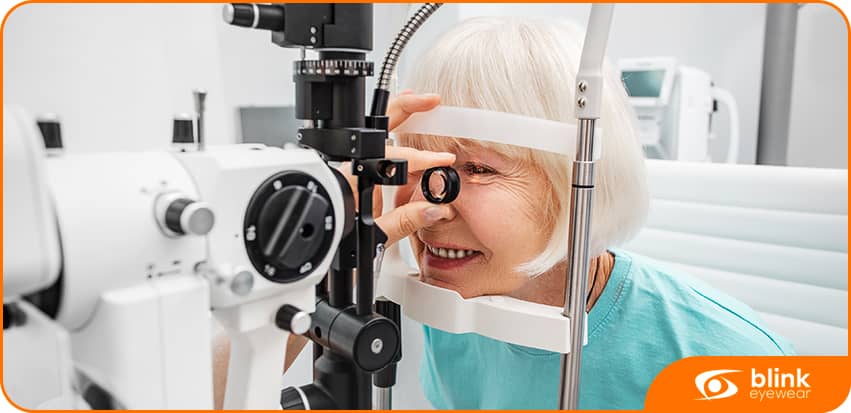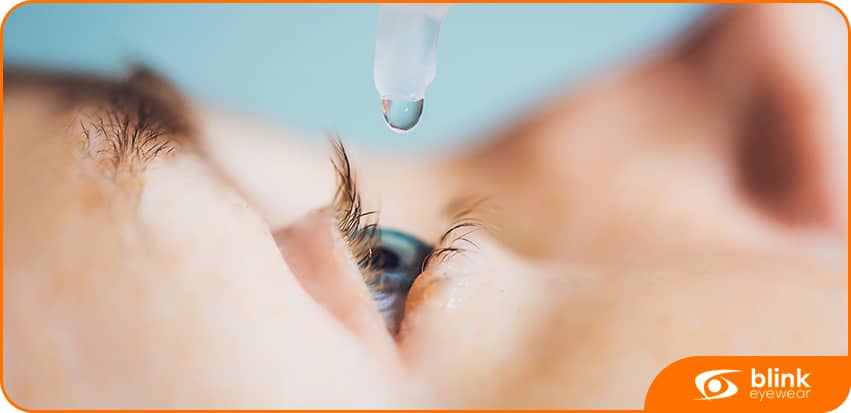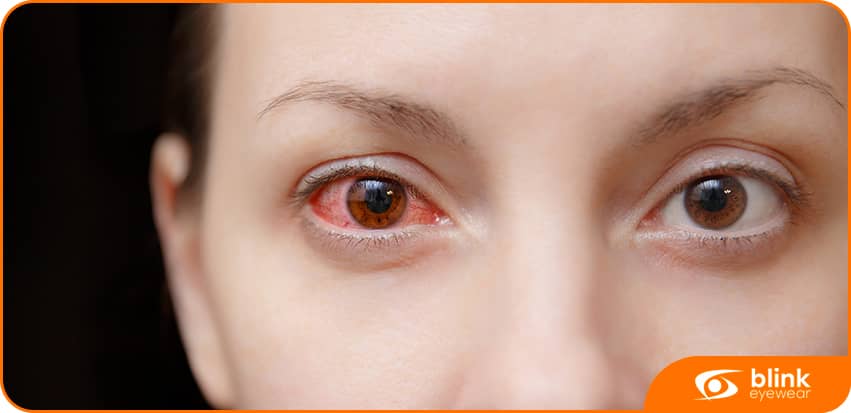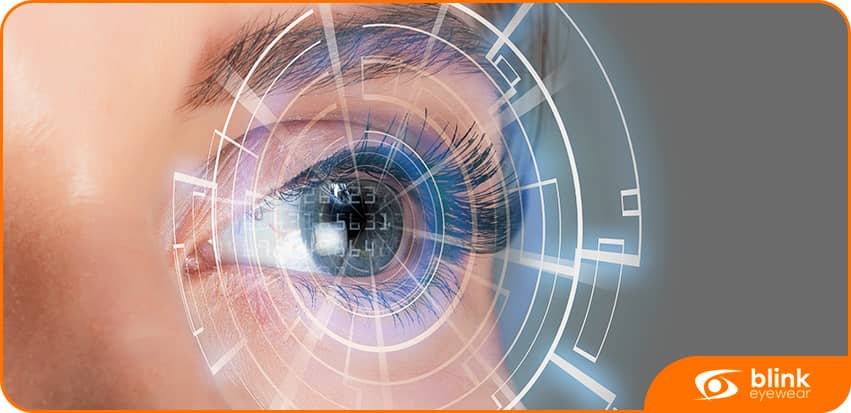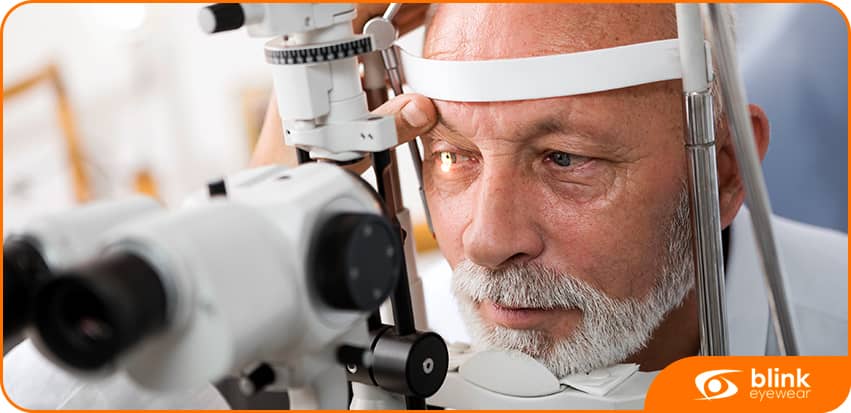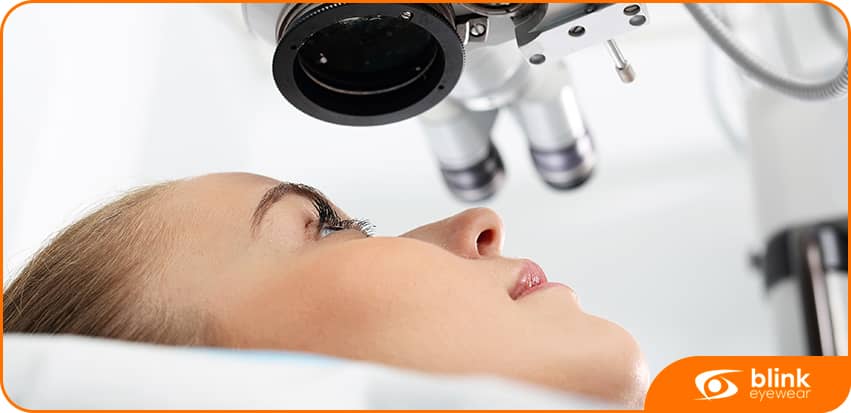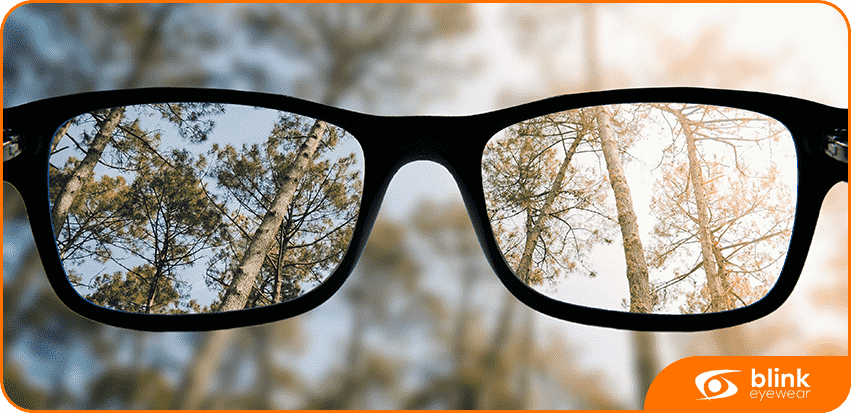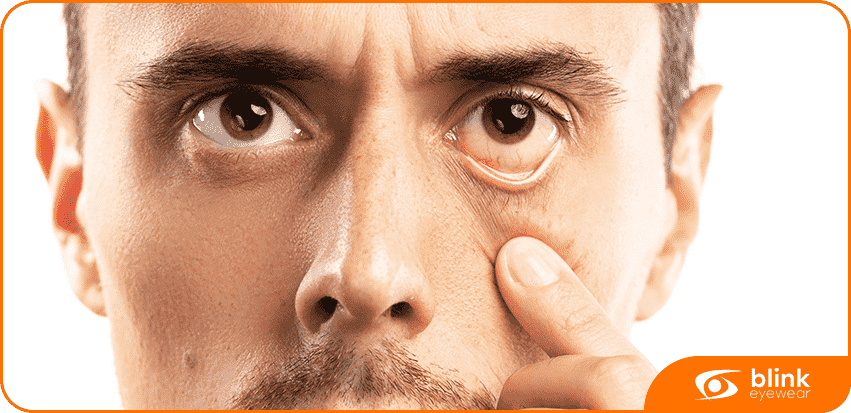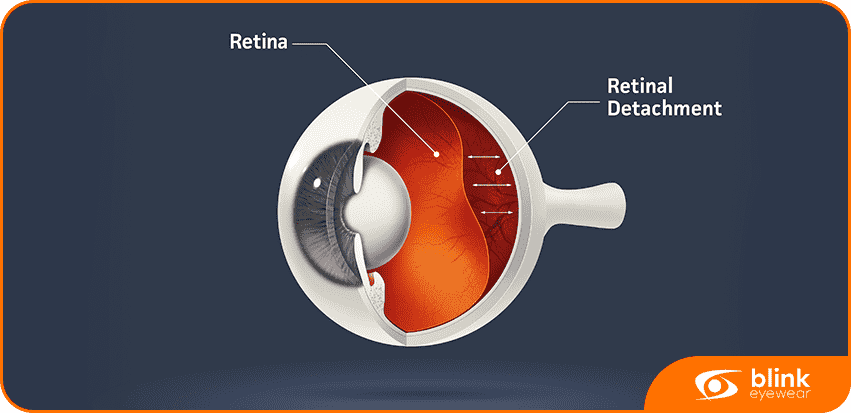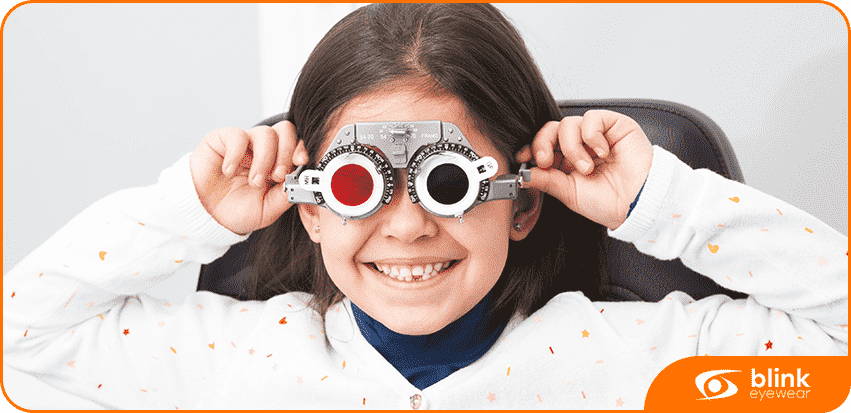Who Are The Optimal LASIK Candidates?
The best candidate for LASIK is age 18+, has healthy eyes with adequate corneal thickness. This is necessary because the LASIK procedure removes tissue from the cornea to reshape the eye.
Chronic dry eye, corneal disease, or other abnormalities may disqualify a candidate from LASIK surgery. A comprehensive eye exam is required to be sure. For your convenience, we are happy to provide LASIK pre-operative exams and consultations at our office.
Note that LASIK is an elective procedure and proper consideration must include the weight of personal needs, potential gain, and willingness to accept the risks involved. There are no guarantees that LASIK will absolutely succeed to your expectations. The results are not always perfect vision. In some cases, your vision after LASIK may be permanently less clear than it was with glasses before LASIK. This outcome must be factored in before deciding on LASIK surgery.
Certainly, there is an upside. Under normal circumstances and conditions, LASIK can reduce your dependence on glasses and almost always gives you the ability to function well without the need for glasses or contact lenses.
Specifics of The LASIK Procedure
LASIK is an ambulatory, two-step procedure. You walk into the surgery centre, have the procedure, and walk out about an hour later. The surgery event is about 15 minutes for both eyes, but specific times depend of surgery location and preparation for surgery may take longer.
First, the surgeon creates a thin, hinged flap of tissue on your cornea with an instrument called a microkeratome, or laser. This flap is folded back so the laser reshaping of your eye can begin. After laser treatment, which lasts a minute or less, the flap is repositioned and the surgeon proceeds to your other eye.
Comparing LASIK to other refractive laser procedures:
PRK (photorefractive keratectomy) is another type of laser refractive surgery that is used to correct myopia (nearsightedness), hyperopia (farsightedness), and astigmatism. Similar to LASIK, PRK works by reshaping the cornea using laser technology.
The main difference between PRK and LASIK is the first step of the procedure. In PRK, the thin outer layer of the cornea (epithelium) is removed and discarded prior to laser reshaping. The epithelium heals within a few days after surgery.
After the PRK procedure, it takes longer for the eye to heal and achieve clear vision. However, since a LASIK corneal flap is not created, more corneal thickness is available for treatment, which is beneficial for people with higher spectacle prescriptions.
SMILE (Small Incision Lenticule Extraction) is one of the latest advances in laser vision correction technology. It is another way to reshape the eye’s cornea to achieve clear vision without creating a LASIK corneal flap. The procedure reduces the risk of dry eye by minimizing the disruption of nerves within the corneal tissue. It has quick recovery times and may be a good option for people who are not good LASIK candidates. However, SMILE can only correct myopia (nearsightedness) and mild forms of astigmatism. It cannot correct hyperopia (farsightedness).
What To Expect After LASIK Surgery
Following the LASIK procedure, you will use medicated eye drops and clear protective shields to cover your eyes. You can open your eyes and see well enough to walk without glasses, but you must not drive yourself home.
You will use medicated eye drops several times a day for a week or more to prevent infection and help the healing. You may also use artificial tears to keep your eyes hydrated and comfortable.
You should rest your eyes as much as possible on the day of your surgery. You may find it more comfortable leaving the house lights on low dim.
The next day, you should see well enough to drive and resume your normal activities. Use care though not to rub your eyes until it is safe to do so. If you are currently using Latisse, discuss with your eye doctor how long after surgery to wait before re-starting the regimen.
You may be asked to return to visit your doctor the following day for an eye exam. They will want to check your vision and be sure your eyes appear to be healing as they should. You will be given any additional instructions necessary about eye drops and/or artificial tears, and you can ask the doctor any questions you may have.
Postoperative care may be performed by an eye doctor other than your LASIK surgeon. This is referred to as co-management. We are happy to provide post-operative care for you at our office through a co-management agreement with your surgeon. Ask us for further details.
